Places to Visit on Campus
Texas A&M University’s College Station campus offers many activities and attractions for students, faculty, staff and visitors. Stop by one of our many landmarks or historical buildings, catch entertainment at the Rudder Theatre Complex or visit one of our outdoor recreational spaces.
Campus Maps
Athletic and Recreation Facilities
Texas A&M is almost as well known for its athletics as it is for academics.
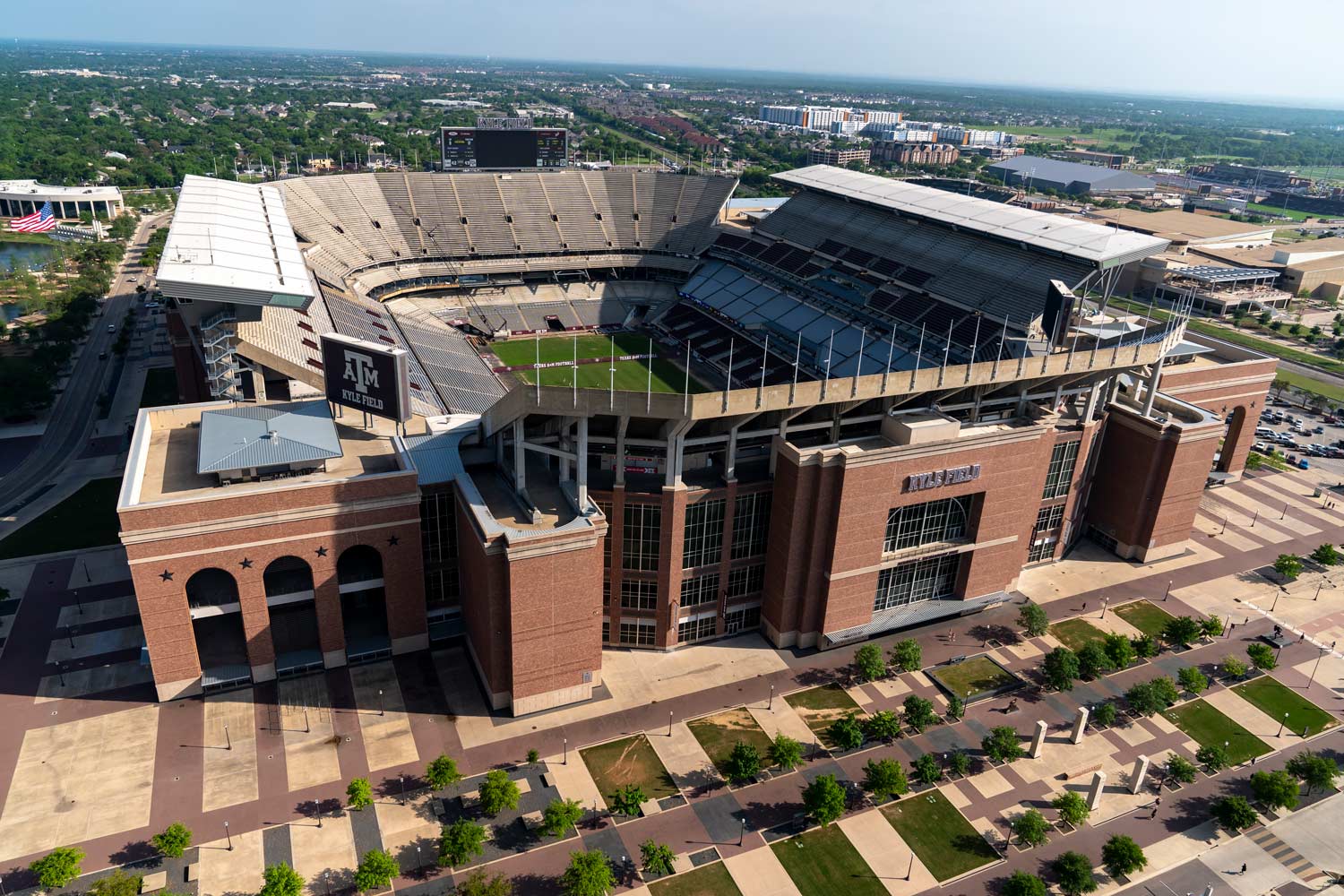
Kyle Field
Texas A&M’s Kyle Field has been the home of the Aggie football team since 1905. It now brings more than 100,000 fans each week to watch Aggie home games. From 2014-15, the stadium underwent an extensive remodeling project. It now features an expanded seating capacity of 102,733, making it one of the five largest stadiums in collegiate football.
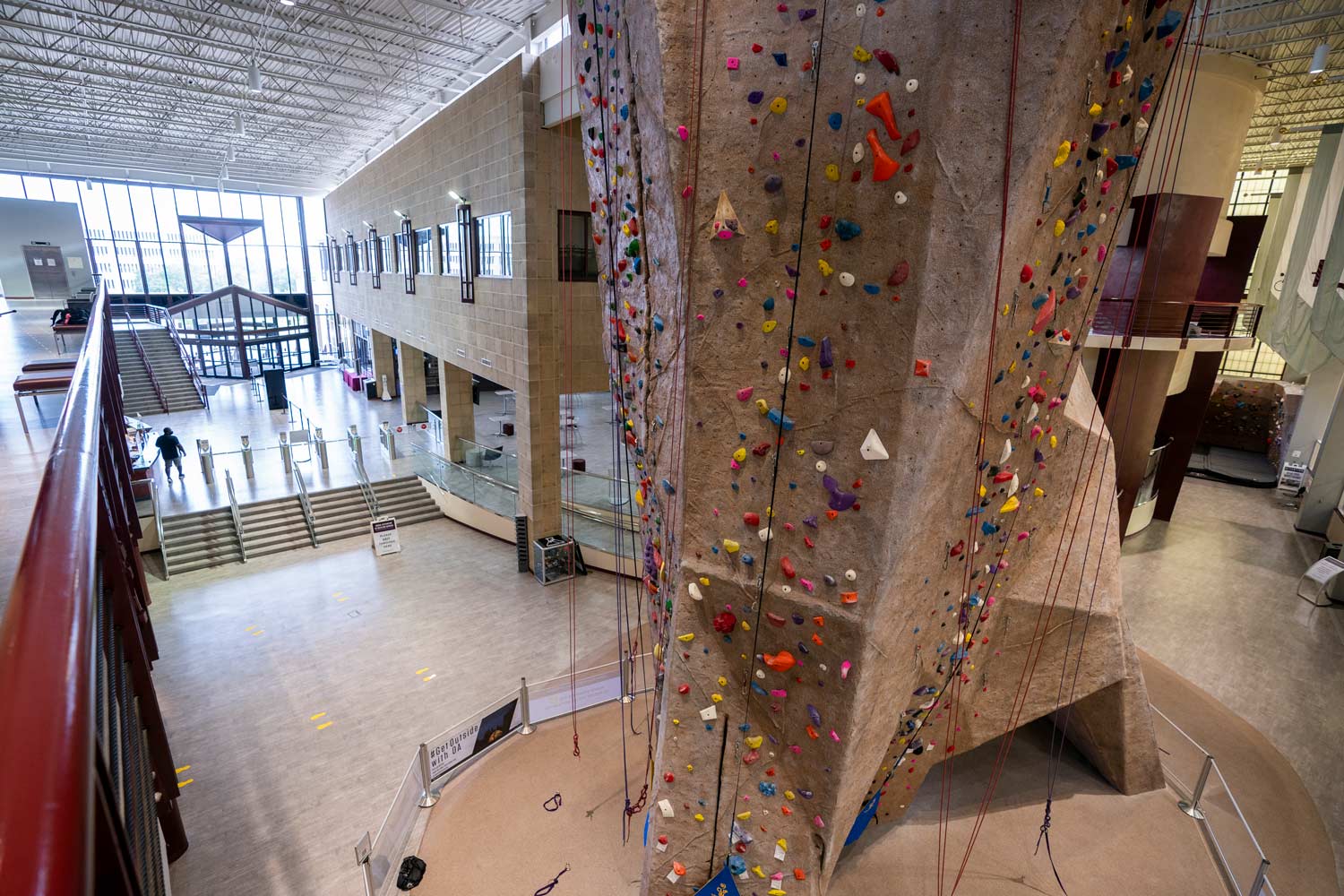
Student Recreation Center
The Student Recreation Center is Texas A&M Recreational Sports' main facility. It contains various fitness equipment, indoor playing courts and an indoor track. It also has a natatorium with swimming and diving pools and an indoor climbing facility with approximately 3,500 square feet of climbing area.
Historical Places
Texas A&M has a long history, and you can still find pieces of our university’s past around campus.
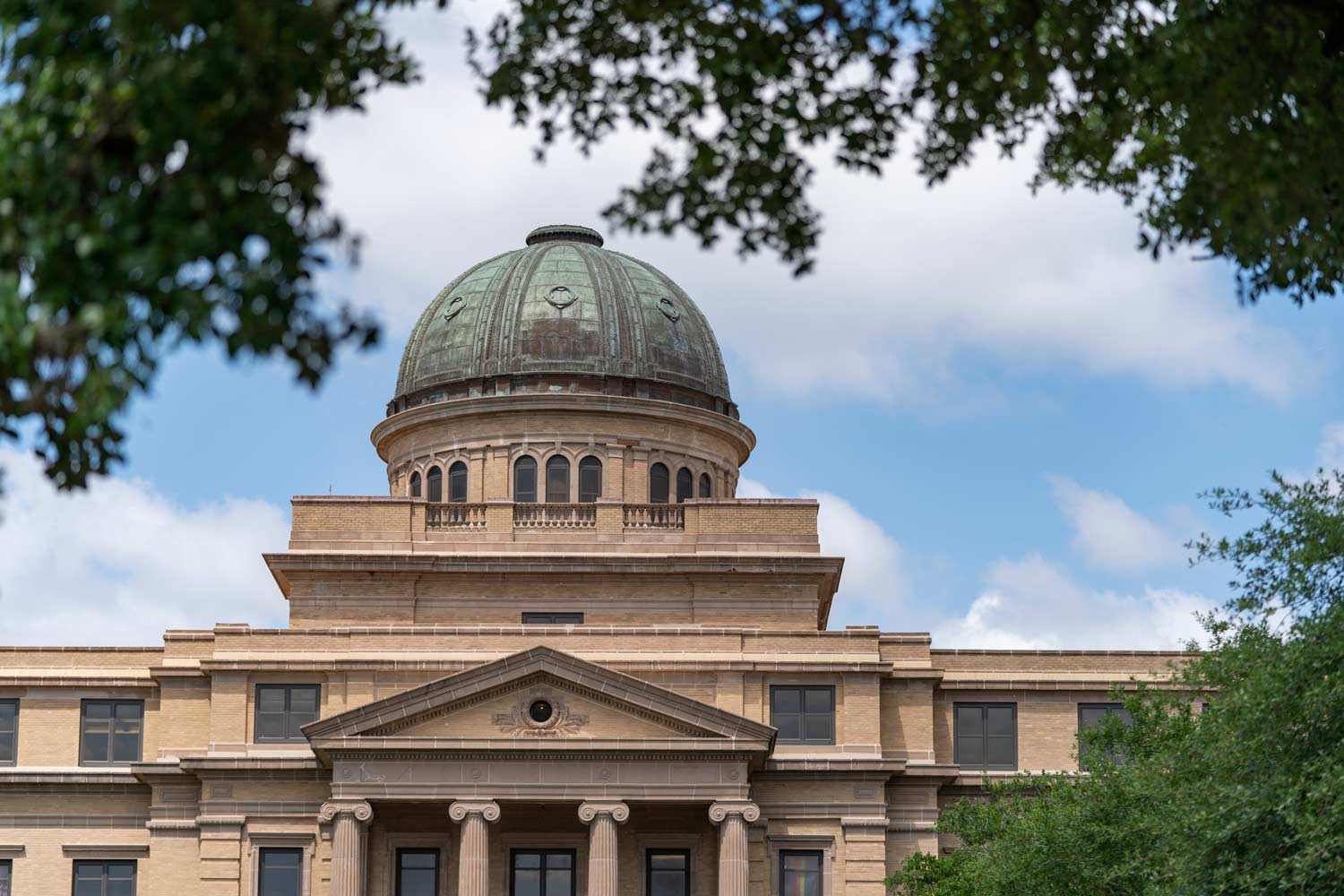
Academic Building
The Academic Building has been a familiar campus landmark for Aggies since its construction in 1914. It was built on the site of the Old Main building, which was destroyed by a fire in 1912. The foyer features a mosaic installation of Texas A&M's seal donated by the Class of 1978. You can also find a replica of the Liberty Bell in the building’s rotunda.

Century Tree
The Century Tree is a live oak near the Academic Building that was likely planted around the turn of the 20th century. Tradition says that if a couple walks together under the Century Tree, they will eventually marry. Likewise, if a proposal takes place under the tree, the marriage will last forever. It has been the site of many marriage proposals, weddings and photographs.

Military Walk
Military Walk is a quarter-mile walkway that winds through the heart of campus, passing many landmarks along the way. Starting as a dirt road in the 1880s, it was paved in the early 1900s and became a series of sidewalks in 1970s. Military Walk was restored in 2010 with brick and limestone pavers and historical markers noting Texas A&M’s long history.
Memorials
Texas A&M honors both fallen Aggies and the undying Aggie Spirit in two special campus memorials.
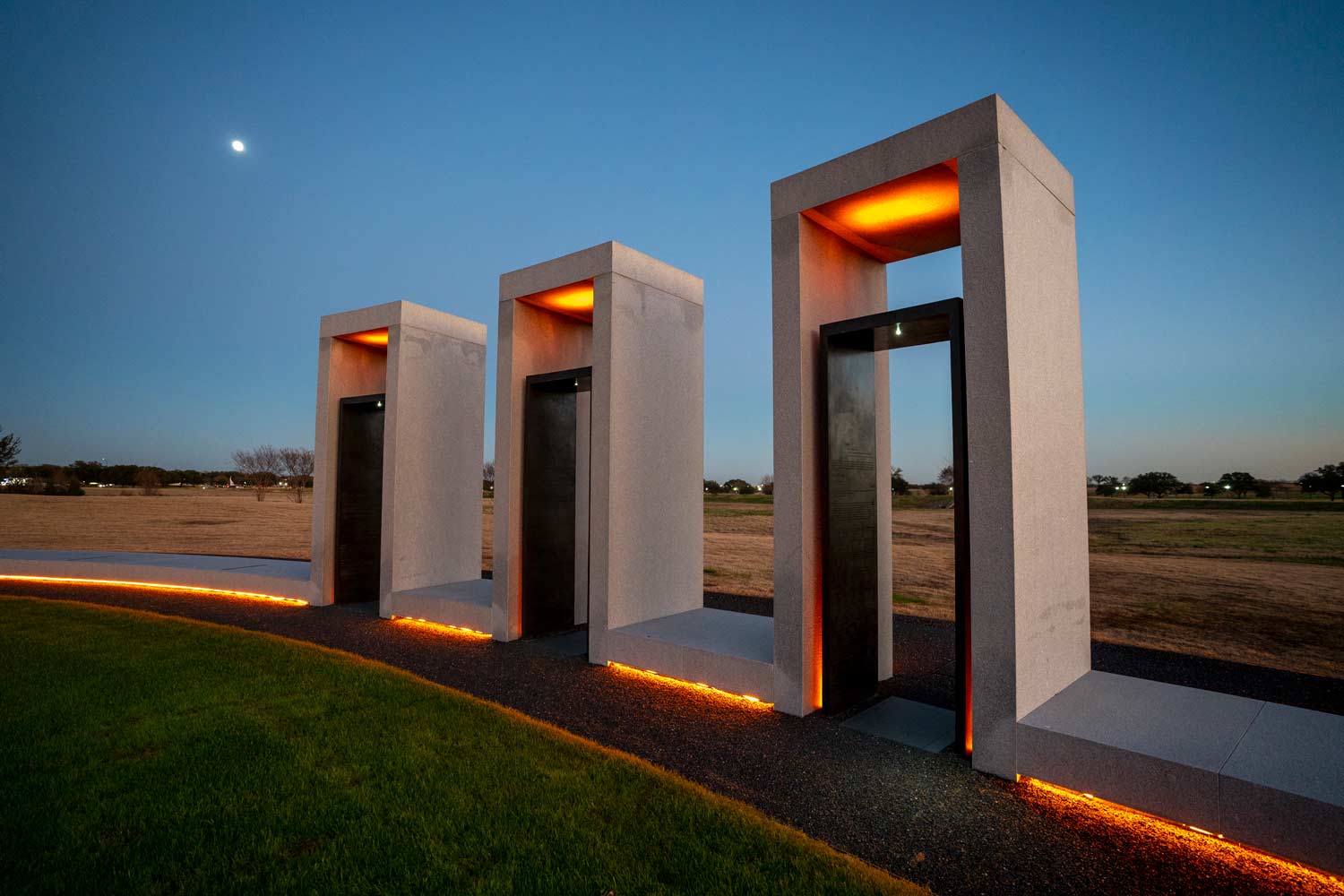
Bonfire Memorial
The Bonfire Memorial celebrates the tradition, history and spirit of Texas A&M and the dedication of those involved in the tragic collapse of the 1999 Bonfire. The memorial is comprised of three design elements: Tradition Plaza marks the memorial’s entrance and reflects on the activities that unite Aggies; Spirit Wall separates the outer world from the intimate experience of the memorial; and the Last Corps Trip Wall recites the poem traditionally read prior to lighting Bonfire.
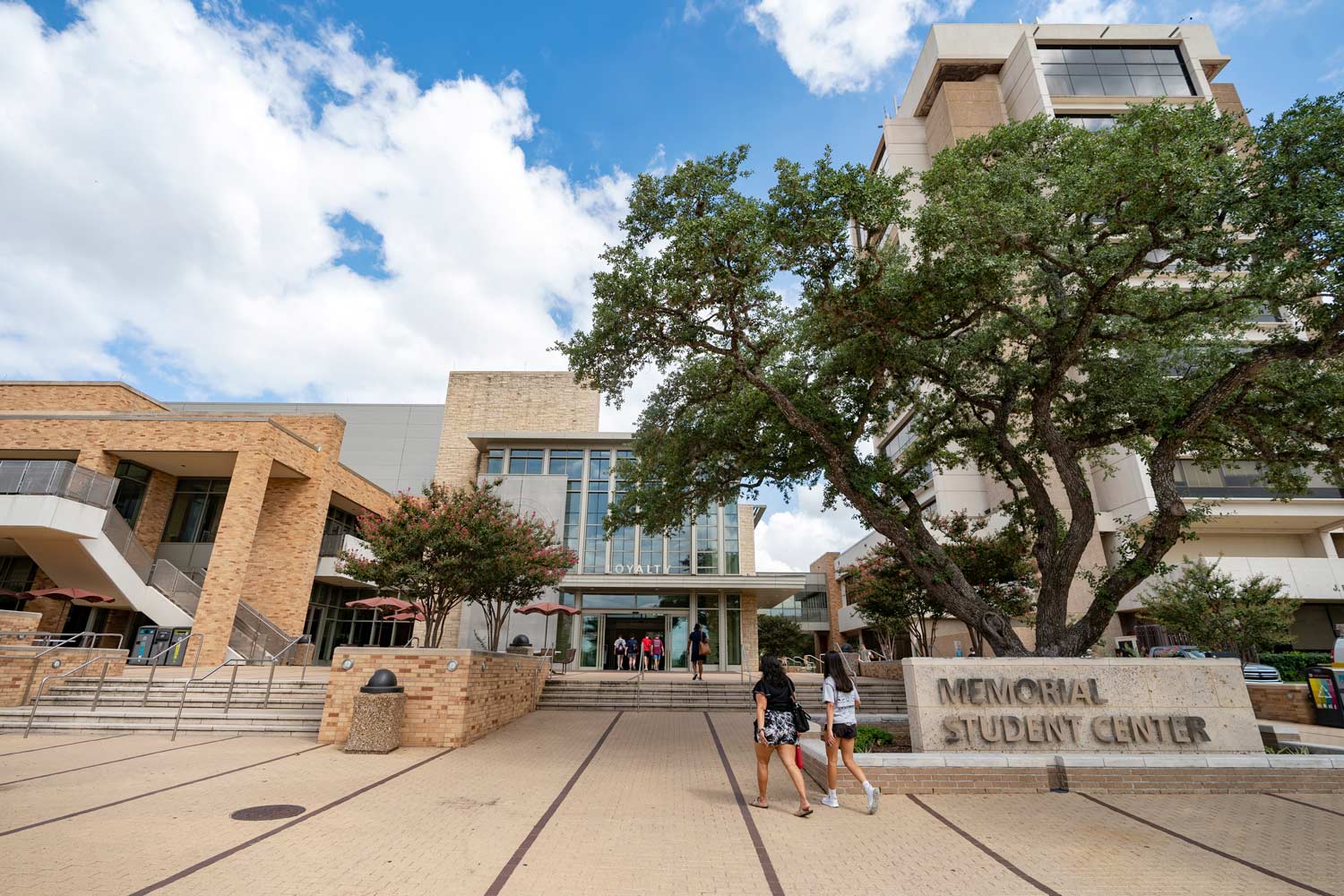
Memorial Student Center
After the world wars, former students wanted to build a memorial to honor all the Aggies who had lost their lives during battle. At the same time, they wanted to build a student center. The Memorial Student Center (MSC) was dedicated on Muster Day (April 21), 1951. It houses the official on-campus bookstore, eating facilities, study areas, piano practice rooms and The Flag Room.
Museum and Entertainment Venues
Our campus is not only home to a presidential library, but also museums and entertainment venues.

George H.W. Bush Presidential Library and Museum
The George H.W. Bush Presidential Library and Museum preserves and displays the records and artifacts of George H.W. Bush, the 41st president of the United States, and showcases much of U.S. history since 1941. The museum opened to the public on Nov. 7, 1997, and is one of 13 presidential libraries in the United States.
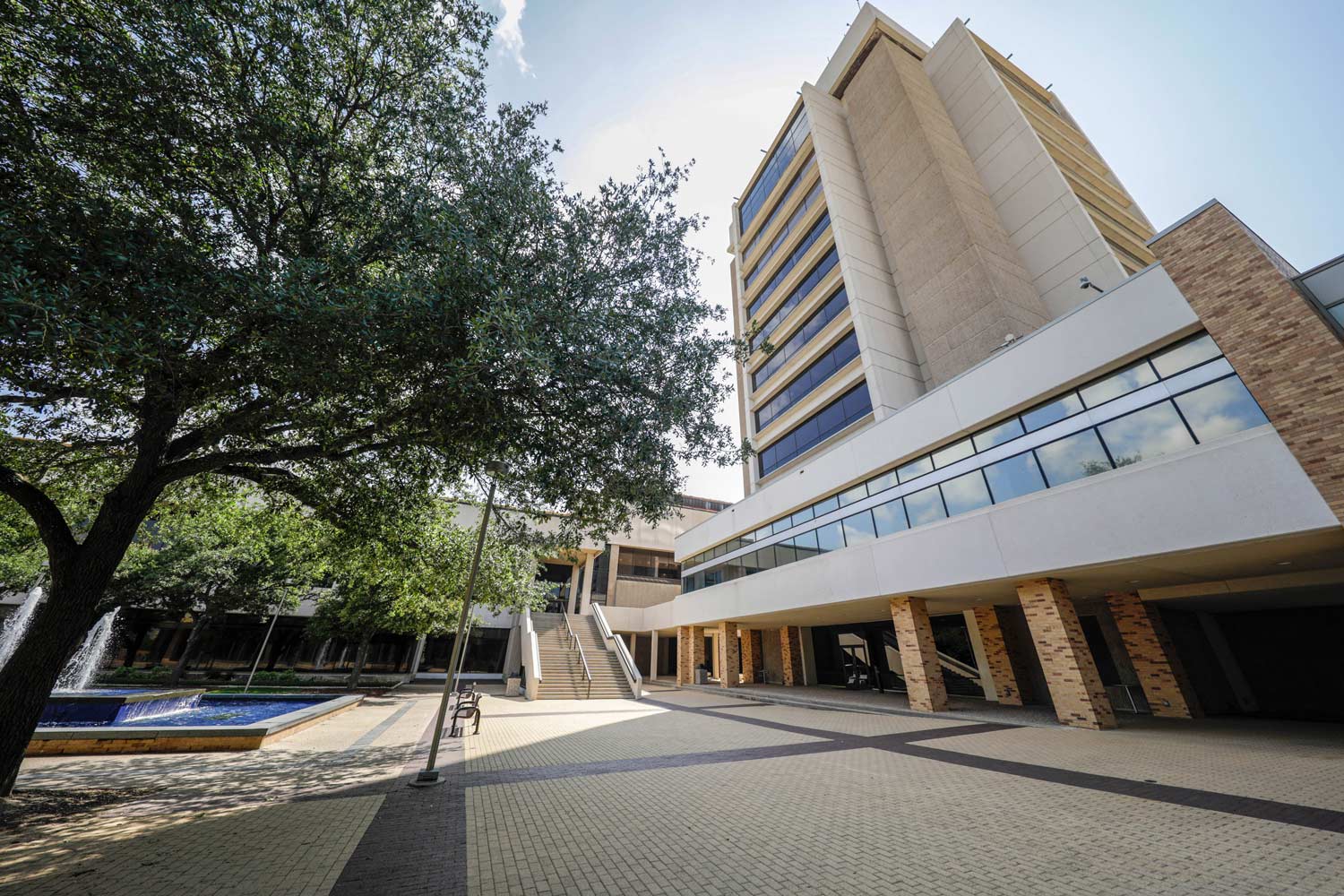
Rudder Theatre Complex
The Rudder Theatre Complex includes an auditorium, theatre, exhibit hall, meeting facilities and box office. At 11 stories high, Rudder Tower offers picturesque views of the Texas A&M campus and houses the Appelt Aggieland Visitor Center. Rudder Auditorium hosts events such as Broadway productions, concerts, movies, conferences, commencement ceremonies and recitals.

Sam Houston Sanders Corps of Cadets Center
The Sam Houston Sanders Corps of Cadets Center is home to a museum that houses thousands of Aggie artifacts and a library with over 3,000 military volumes. The exhibits describe the traditions and history of Texas A&M, including Silver Taps, the Aggie Band, Parsons Mounted Cavalry, the Ross Volunteers, Aggie Muster, Reveille and more.
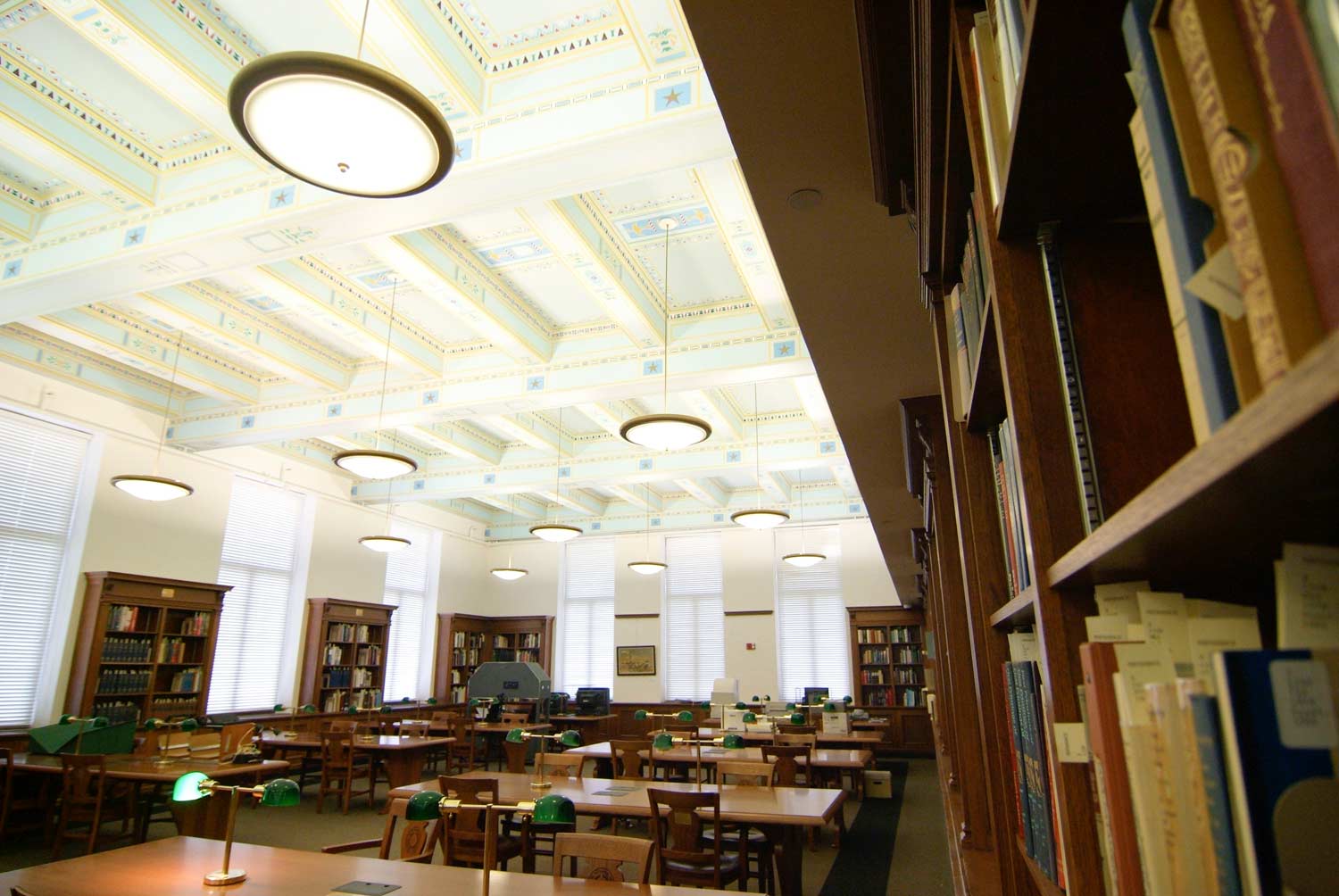
Texas A&M University Libraries
The Texas A&M University Libraries include five libraries, the largest of which is the Sterling C. Evans Library and its connected annex. The Cushing Memorial Library and Archives contains rare books, special collections, manuscripts and archive storage for the University Libraries.
Outdoor Landmarks and Attractions
Texas A&M’s expansive campus features both interesting architecture and lush green spaces.
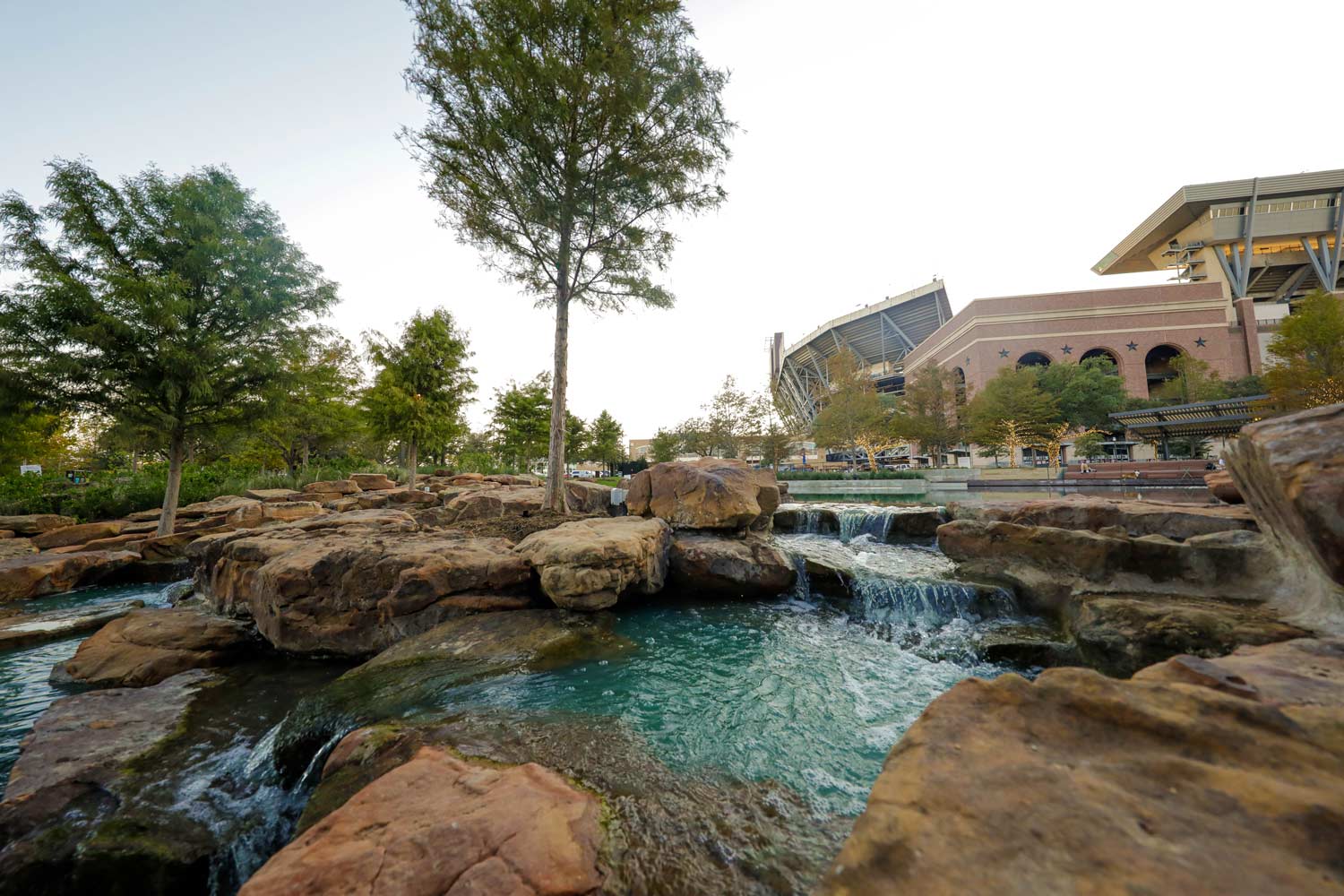
Aggie Park
Aggie Park spans 20 acres between the Clayton W. Williams, Jr. Alumni Center, Houston Street, the John J. Koldus Building and Throckmorton Street. The park is an outdoor space for students and visitors to study, relax, tailgate, and enjoy entertainment and recreation. It includes an outdoor amphitheater, water features, an ice cream shop and a performance pavilion.
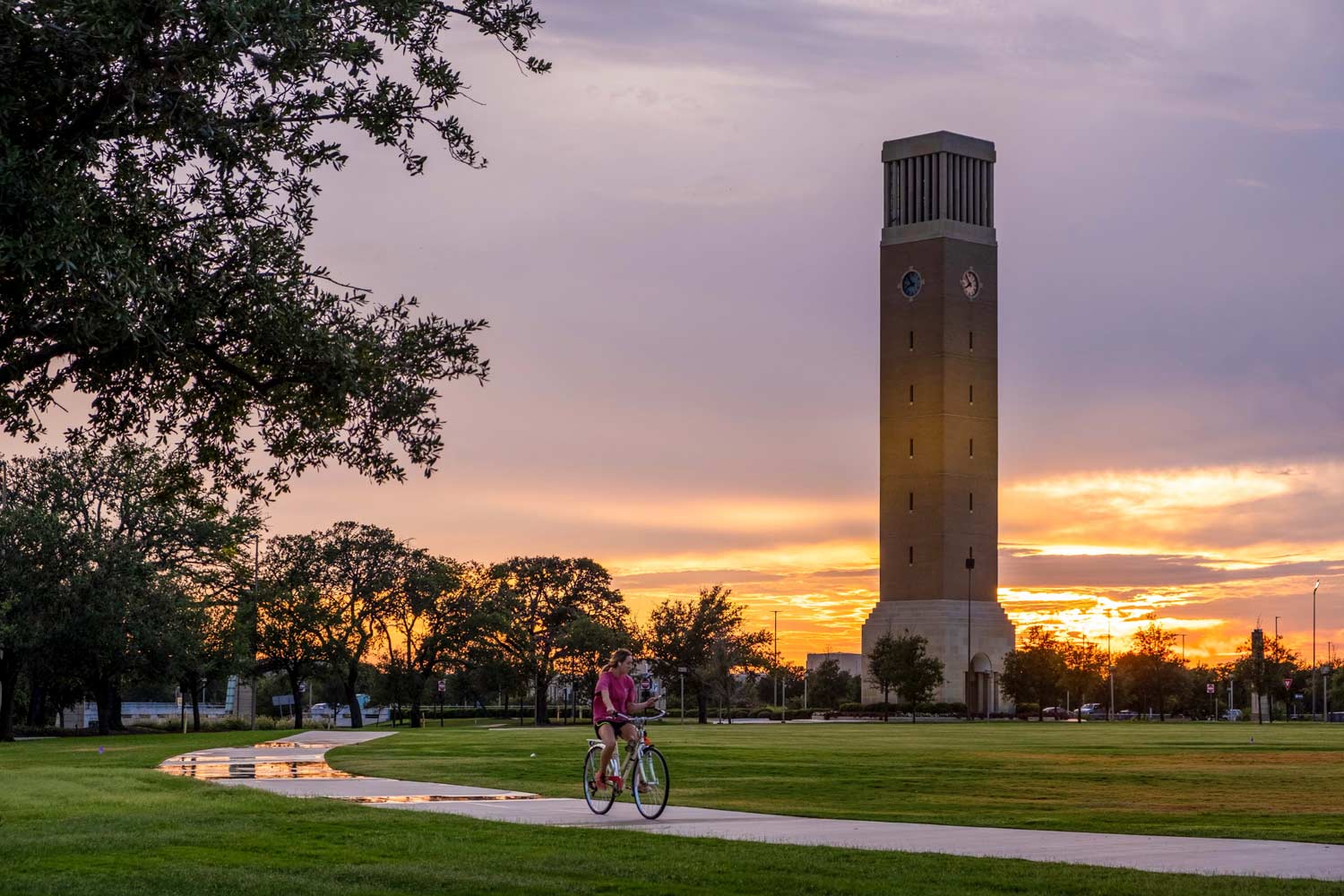
Albritton Bell Tower
The Albritton Bell Tower was donated in 1984 by Ford D. Albritton Jr. It is one of the tallest buildings on Texas A&M’s campus, standing 138 feet tall. Its location at the intersection of Old Main Drive, Jones Street and Lamar Street is the original entrance to the university. Cast in France, the Bell Tower contains 49 bells that range from 28 to 6,550 pounds.
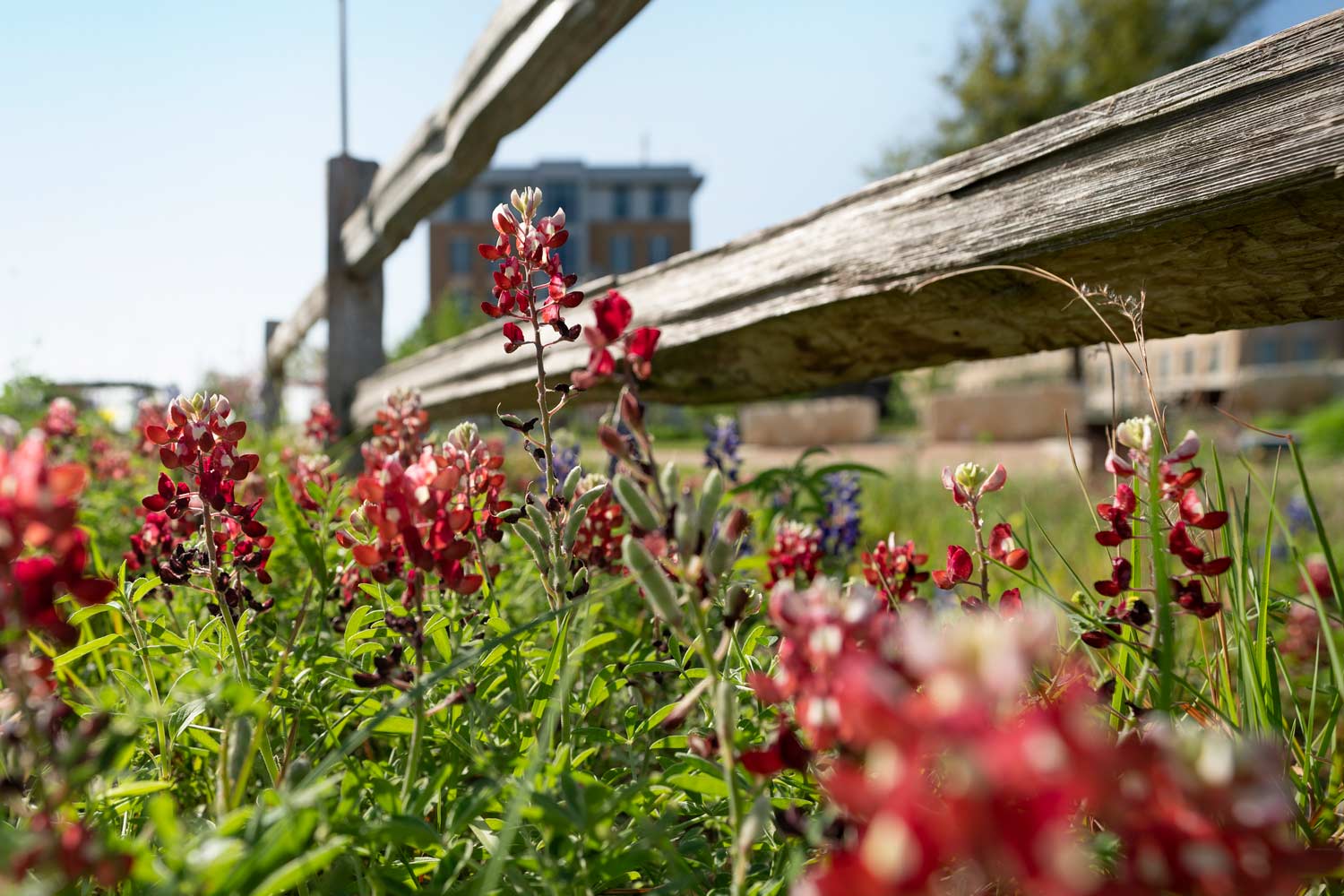
The Gardens
The Gardens is a beautiful 27-acre public garden and green space on Texas A&M's West Campus. Various themed spaces are used for teaching, research, extension programming and community engagement. The completed part of The Gardens is the Leach Teaching Gardens, which feature 21 themed gardens on seven acres behind the Texas A&M AgriLife Complex.